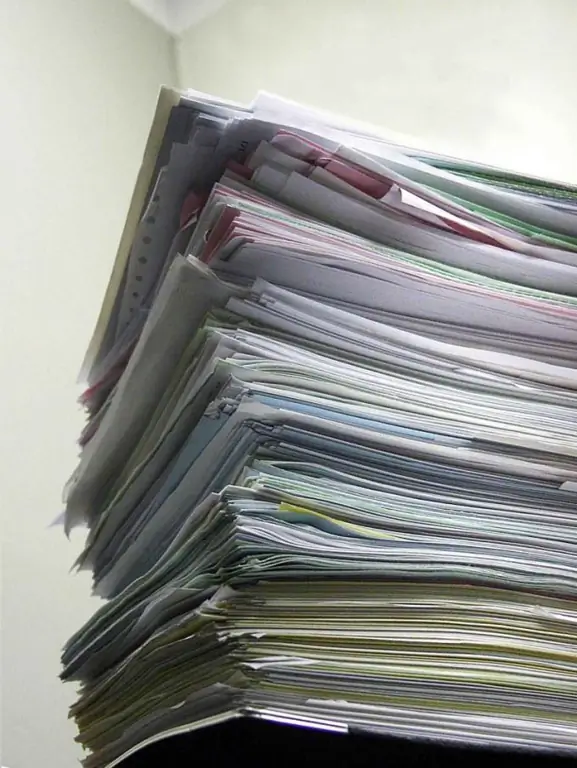- Author Isaiah Gimson [email protected].
- Public 2023-12-17 02:53.
- Last modified 2025-01-24 12:06.
Tax accounting implies a scheme for generalizing information that allows you to determine the tax base on the basis of data from primary documentation, grouped according to the procedure provided for by this Tax Code.

Instructions
Step 1
Build tax accounting based on accounting. For these purposes, first of all, it is necessary to clearly determine the correspondence of the same rules of tax and accounting, and also to analyze how they differ.
Step 2
Align accounting policies (tax and accounting) as closely as possible: set the same methods for depreciating the amount of fixed assets and the value of intangible assets, determining the cost of production during its production, writing off inventories in production activities, evaluating the work in progress and the value of the finished product in the warehouse. In this case, many transactions that are reflected in accounting will be able to be reflected in the calculation of income tax without changes.
Step 3
Please note that it is not always beneficial to bring tax and accounting closer together. For example, if an organization chooses a unified method of calculating the amortization amount - linear, then the value of depreciation will decrease in comparison with all other methods, and the amount of property tax will increase.
Step 4
Use the turnover sheet, account card and other available accounting documents as the corresponding ledgers in tax accounting. If, however, such accounting registers contain an insufficient amount of information to determine the tax base itself, then add additional details to them.
Step 5
You can organize separate (or specific) tax accounting. To do this, it is necessary to build an independent structure of tax accounting, which will not be connected in any way with accounting. In this case, you will have to develop separate tax ledgers that are appropriate for each completed business transaction. In turn, one operation should be simultaneously recorded not only in the accounting register, but also in the tax accounting register.






